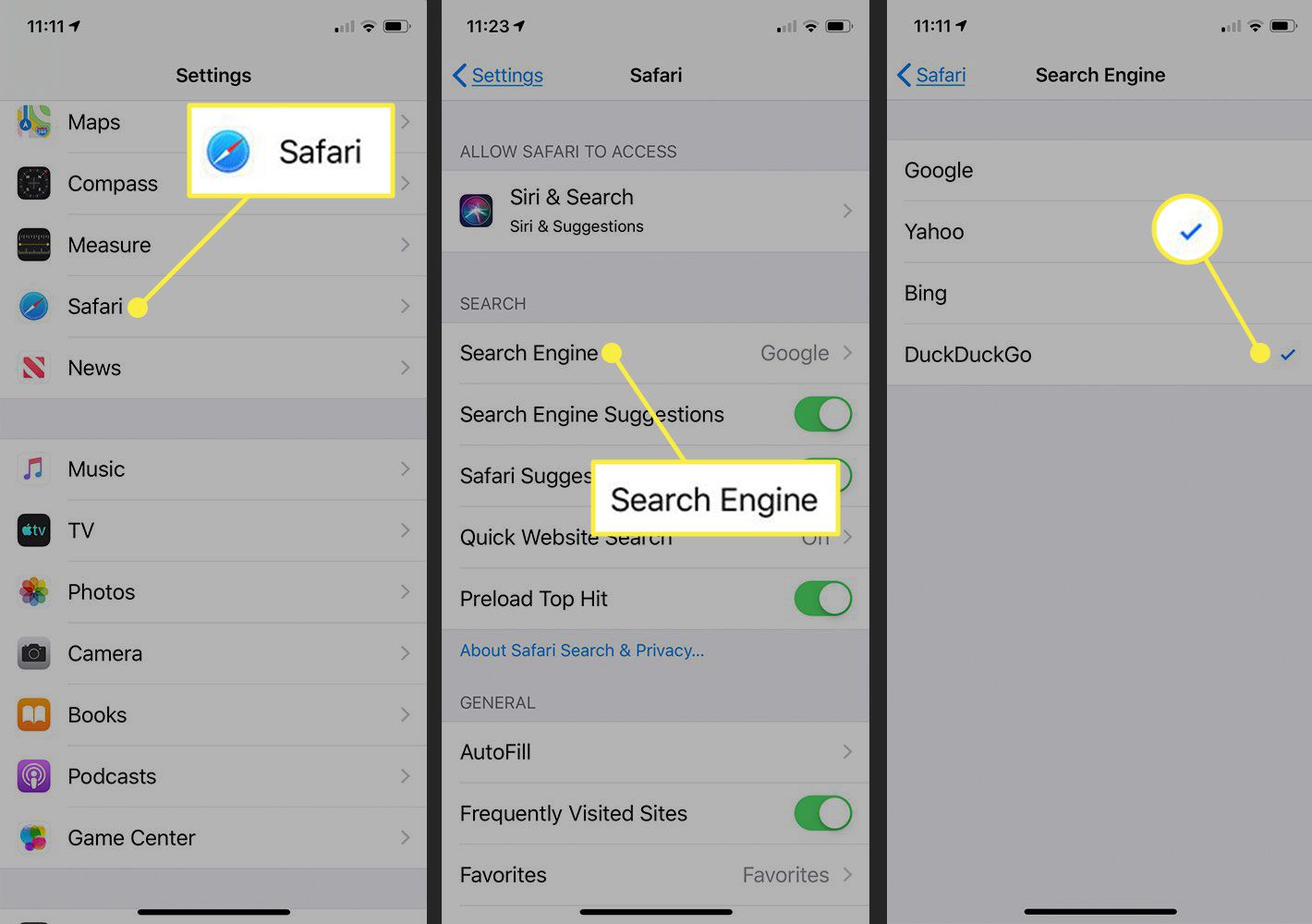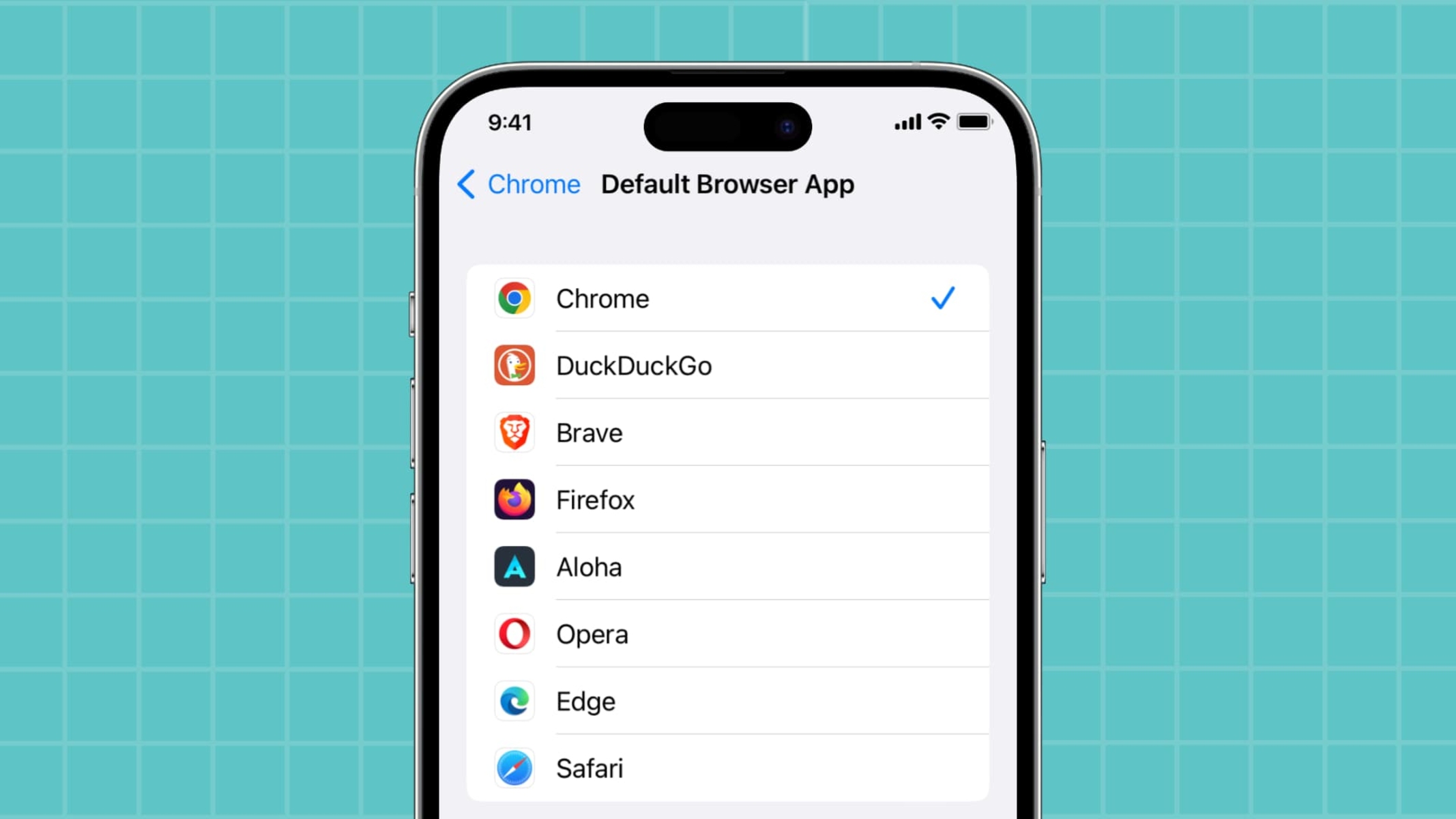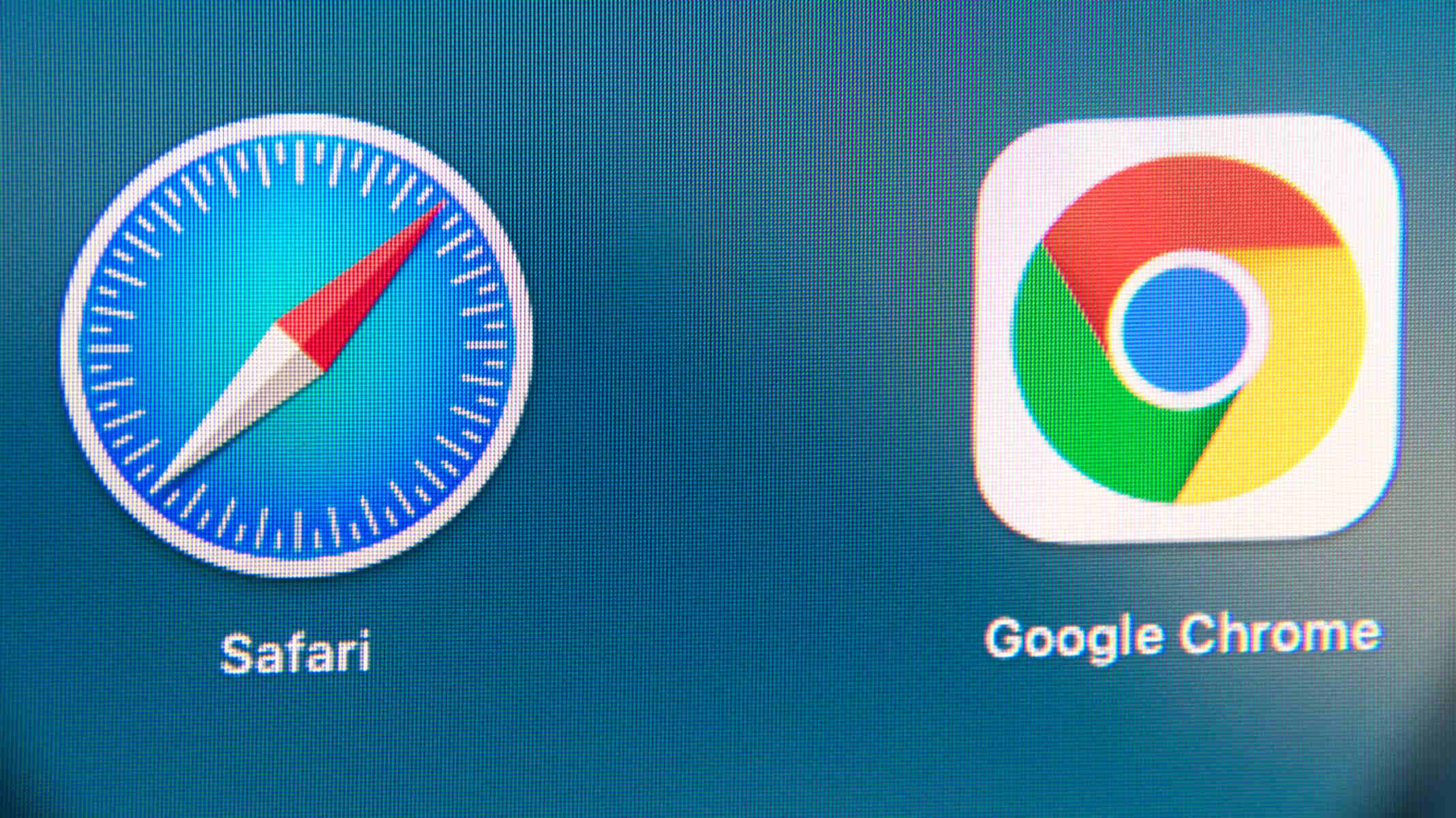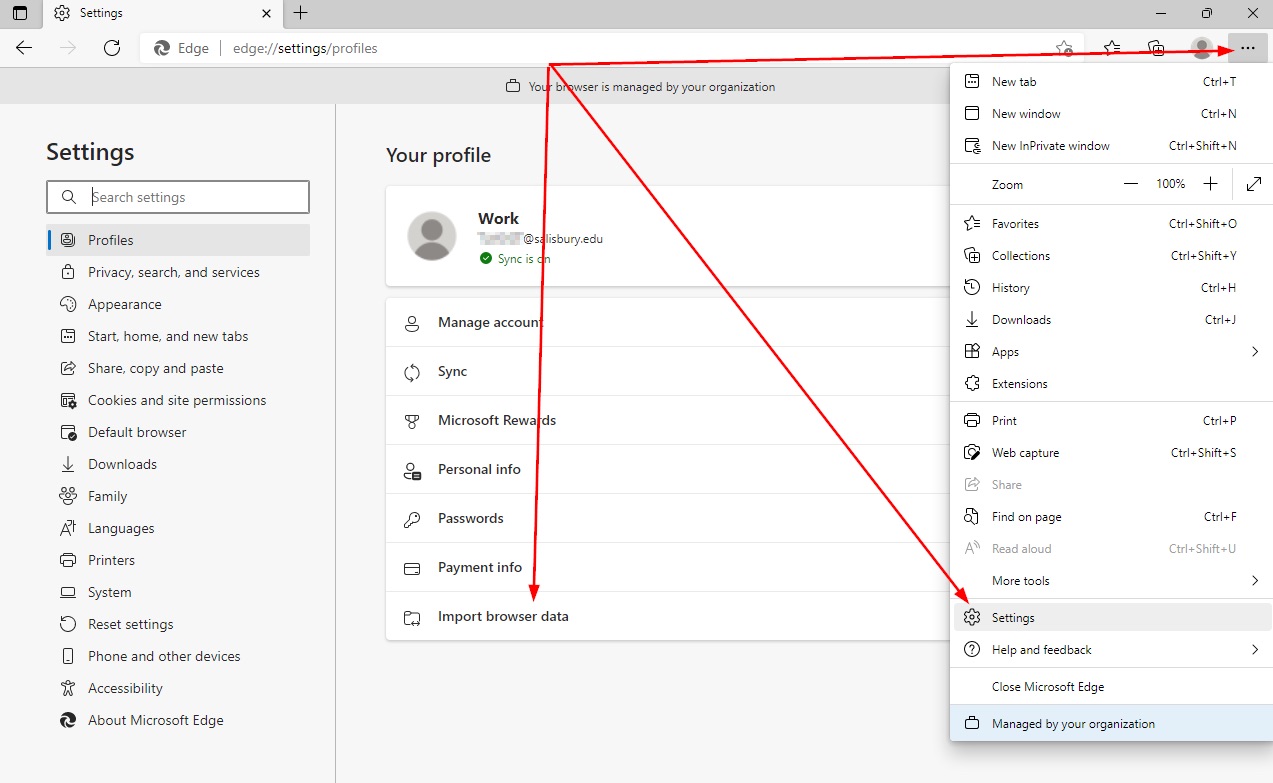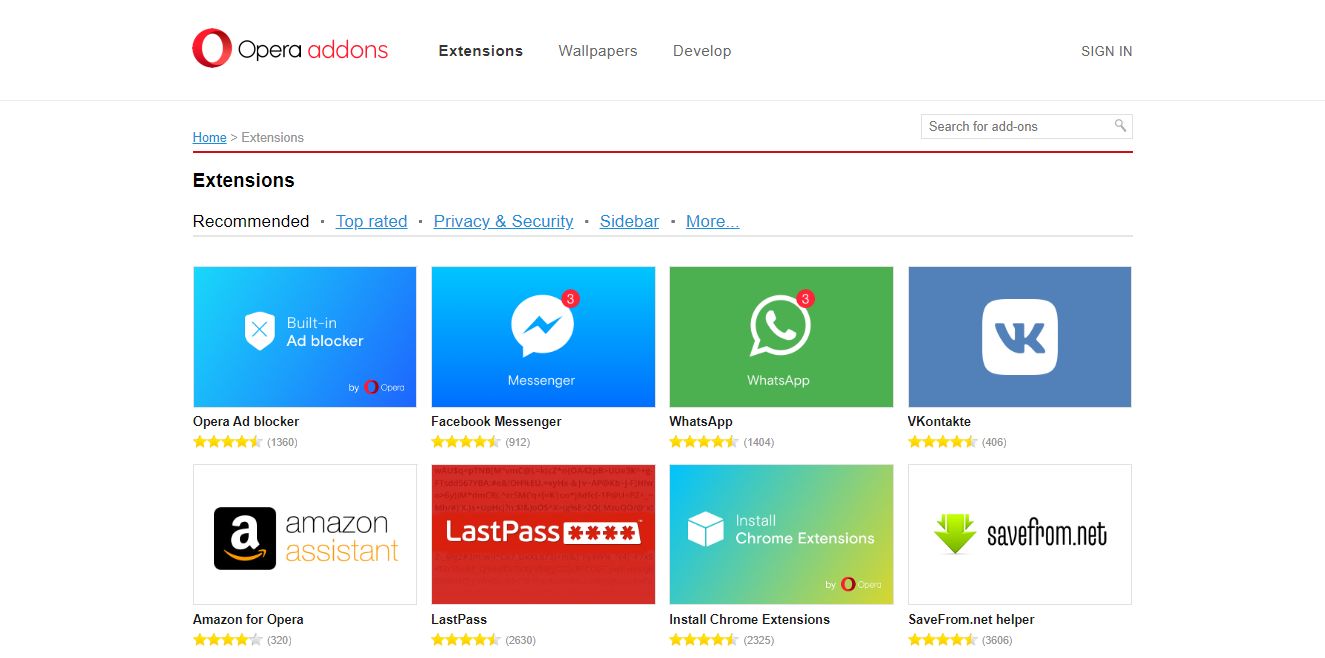Introduction
Google Bookmarks is a handy feature offered by Google that allows users to save and organize their favorite websites in one convenient place. It provides an easy way to access your bookmarks, whether you’re using a computer, smartphone, or tablet.
If you’ve been using Google Bookmarks and want to switch to a different browser or device, you may be wondering how to download your Google Bookmarks and transfer them. In this article, we’ll guide you through the process of downloading your Google Bookmarks and importing them into another browser.
Whether you’re switching to a new device, trying out a different browser, or simply want to have a backup of your bookmarks, this step-by-step guide will help you download and save your Google Bookmarks for future use.
We’ll cover everything from logging into your Google account to exporting your bookmarks and importing them into another browser of your choice. So, let’s get started with the first step: logging into your Google account!
Step 1: Log into your Google account
The first step in downloading your Google Bookmarks is to log into your Google account. If you already have a Google account, simply go to the Google homepage (www.google.com) and click on the “Sign In” button in the top right corner of the screen. Enter your Google account email address and password, then click “Sign in”.
If you don’t have a Google account, click on the “Create account” link on the sign-in page and follow the instructions to create a new account. Having a Google account not only allows you to access Google Bookmarks, but also gives you access to other Google services like Gmail, Google Drive, and Google Calendar.
Once you’ve successfully signed in to your Google account, you’re ready to move on to the next step!
It’s worth mentioning that if you’re already signed in to your Google account on your device, you can skip this step and proceed directly to the next step.
By logging into your Google account, you ensure that your bookmarks will be synced and accessible across different devices and browsers. This means that once you’ve downloaded your Google Bookmarks, you can import them into another browser and have all your saved websites readily available.
Google Bookmarks offers a convenient way to save and organize your favorite websites, eliminating the hassle of bookmarking individual pages on different devices. So let’s move on to the next step and access the Google Bookmarks page!
Step 2: Access the Google Bookmarks page
Once you’re logged into your Google account, the next step is to navigate to the Google Bookmarks page. To do this, open a new tab in your web browser and enter the following URL: www.google.com/bookmarks.
This will take you directly to the Google Bookmarks page, where you can view and manage all your saved bookmarks. The Google Bookmarks page provides a clean and organized interface, making it easy to find and edit your bookmarks.
If you’re using a mobile device, you can also access the Google Bookmarks page by opening the Google app or Chrome browser and signing in to your Google account. Once signed in, you can navigate to the Bookmarks section within the app or browser to view your saved bookmarks.
On the Google Bookmarks page, you’ll see a list of all your bookmarks, along with the option to create folders and add new bookmarks. The page also includes a search bar, allowing you to quickly find specific websites within your bookmarks.
By accessing the Google Bookmarks page, you have complete control over your saved websites. You can organize them into folders, rearrange their order, and even delete bookmarks that are no longer needed. This flexibility ensures that your bookmarks are tailored to your interests and preferences.
Now that you’re on the Google Bookmarks page, it’s time to proceed to the next step and export your bookmarks. Exporting your bookmarks will allow you to download a file containing all your saved websites, which can then be imported into another browser.
Step 3: Export your bookmarks
Exporting your bookmarks from Google Bookmarks is a straightforward process. On the Google Bookmarks page, look for the “Export bookmarks” option, usually located at the top or in the settings menu. Click on this option to initiate the export process.
A dialogue box will appear, giving you the option to customize the export settings. You can choose the format in which you want to export your bookmarks, such as HTML or CSV. HTML is the recommended format as it preserves the folder structure and allows for easy import into most browsers.
Select “HTML” as the export format and choose a location where you want to save the exported file on your computer or device. It’s important to remember the location so that you can easily access the file later on.
Once you’ve specified the export settings and chosen a location, click on the “Export” button to start the export process. Depending on the size of your bookmark collection, it may take a few moments for the export to complete.
After the export process is finished, a file with the extension “.html” will be saved to the location you specified. This file contains all your bookmarks, including the folder structure and the URLs of the saved websites.
Congratulations! You have successfully exported your Google Bookmarks. The next step is to choose a location to save the exported file so that it can be easily accessible when it’s time to import your bookmarks into another browser.
By exporting your bookmarks, you ensure that you have a backup of your saved websites. This backup can come in handy if you switch devices, browsers, or accidentally delete your bookmarks.
Now that you have the exported file, let’s move on to the next step and choose a location to save it.
Step 4: Choose a location to save the exported file
Once you have successfully exported your Google Bookmarks, it’s time to choose a location to save the exported file. This location will determine where the file will be stored on your computer or device, making it easier to locate and access when needed.
When choosing a location, consider selecting a folder or directory that is easily accessible and that you will remember. For example, you can create a new folder specifically for your exported bookmarks and save the file inside it.
If you’re using a Windows computer, you can navigate to a suitable location using File Explorer. Simply click on “This PC” or “My Computer” (depending on your Windows version), and then select the folder where you want to store the exported file.
On a Mac, you can use Finder to navigate to the desired location. Open Finder and select the folder where you want to save the file.
Alternatively, you can also save the exported file to a cloud storage service such as Google Drive, Dropbox, or OneDrive. This option allows you to access the file from any device with an internet connection, providing an added layer of convenience and accessibility.
Remember to choose a location that you can easily remember, as you will need to locate the file when it’s time to import your bookmarks into another browser. Also, consider creating a backup of the exported file by copying it to an external storage device or uploading it to a cloud storage service.
By choosing a suitable location to save the exported file, you ensure that it is easily accessible whenever you need to import your bookmarks into another browser. Now that you’ve chosen a location, it’s time to move on to the final step: importing your bookmarks into another browser.
Step 5: Import your bookmarks into another browser
Now that you have successfully exported your Google Bookmarks and saved the exported file in a location of your choice, it’s time to import your bookmarks into another browser. This step will allow you to transfer your saved websites and access them seamlessly in a new browser.
Each browser has its own method for importing bookmarks, so the exact steps may vary depending on the browser you are using. However, the general process remains the same. Here’s a general guide on how to import your bookmarks:
- Open the browser into which you want to import your bookmarks. This can be a different browser on the same device or a browser on a different device.
- Locate the bookmarks menu or settings in the browser. This is typically found in the browser’s main menu or by right-clicking on the bookmarks toolbar.
- Look for an option to import bookmarks or import from file. The wording may vary, but the icon or description should indicate importing bookmarks.
- Select the option to import from file or choose the specific file to import. Browse to the location where you saved the exported file from Google Bookmarks and select it.
- Follow the prompts to complete the import process. The browser will typically display a progress bar or notification to indicate that the bookmarks are being imported.
- Once the import is complete, you should see your Google Bookmarks appear in the bookmarks menu or toolbar of the new browser.
You may need to rearrange or reorganize your bookmarks within the new browser to match your preferences. This can be done by dragging and dropping bookmarks into different folders or reordering them as desired.
It’s important to note that not all browsers support importing bookmarks in the HTML format. If the browser you are using does not have an option to import HTML bookmarks, you may need to convert the exported file to a compatible format (such as CSV) using a third-party tool or an online converter.
By successfully importing your bookmarks into another browser, you now have access to all your favorite websites in a different browsing environment. Whether you’re trying out a new browser or switching to a different device, your Google Bookmarks are ready to be explored.
Conclusion
Downloading your Google Bookmarks and transferring them to another browser is a simple process that allows you to have your favorite websites readily accessible across different devices and browsing platforms. By following the steps outlined in this guide, you can easily export your bookmarks and import them into a new browser of your choice.
Starting with logging into your Google account, you ensure that your bookmarks are synced and ready to be exported. Accessing the Google Bookmarks page provides you with a clean and organized interface to manage your saved websites effectively.
Exporting your bookmarks is as easy as selecting the export format and saving the exported file to a preferred location on your computer or device. This backup of your bookmarks ensures that you can access them even if you switch devices or accidentally delete them.
Choosing a location to save the exported file is important for easy access when it’s time to import your bookmarks into another browser. Consider saving the file to a well-organized folder or utilizing a cloud storage service for added convenience and accessibility.
Lastly, the process of importing your bookmarks into another browser ensures that you can seamlessly continue accessing your favorite websites. Depending on the browser, the import process may vary slightly, but the general steps involve locating the import option, selecting the exported file, and completing the import process.
By following these steps, you can effectively transfer your Google Bookmarks to a new browser, allowing you to keep all your saved websites and easily continue your browsing experience with minimal disruption.
So go ahead, download your Google Bookmarks, import them into another browser, and enjoy the convenience and accessibility of having your favorite websites at your fingertips wherever you go!









